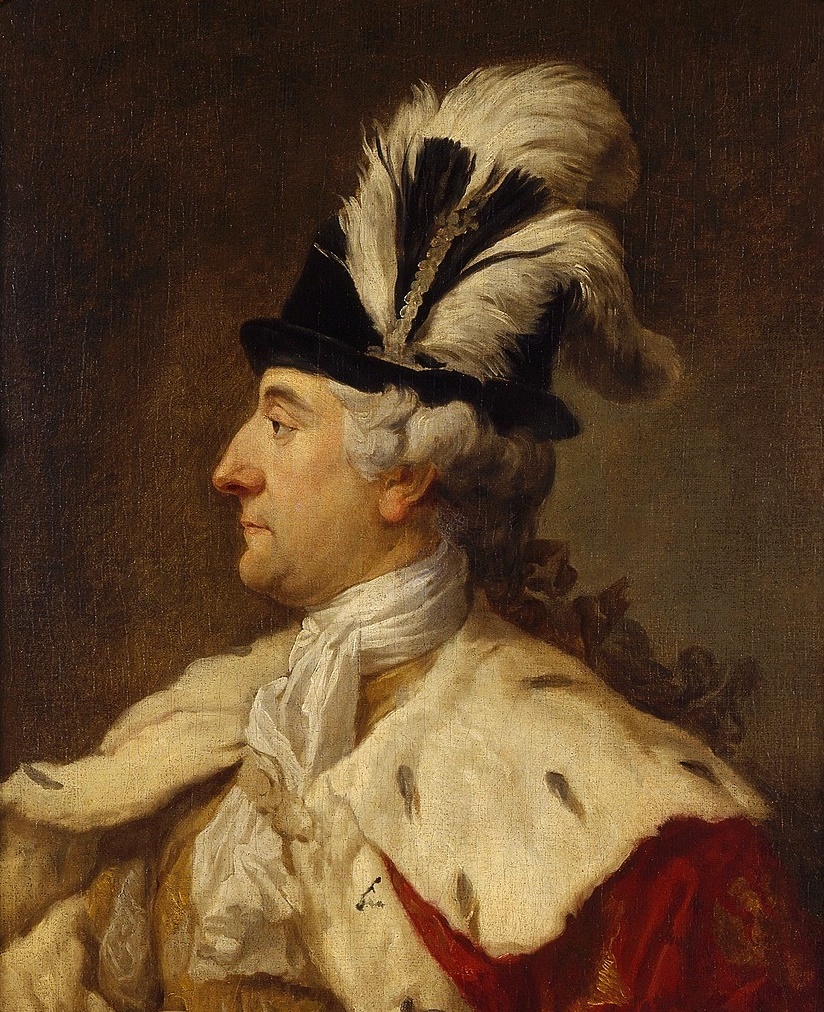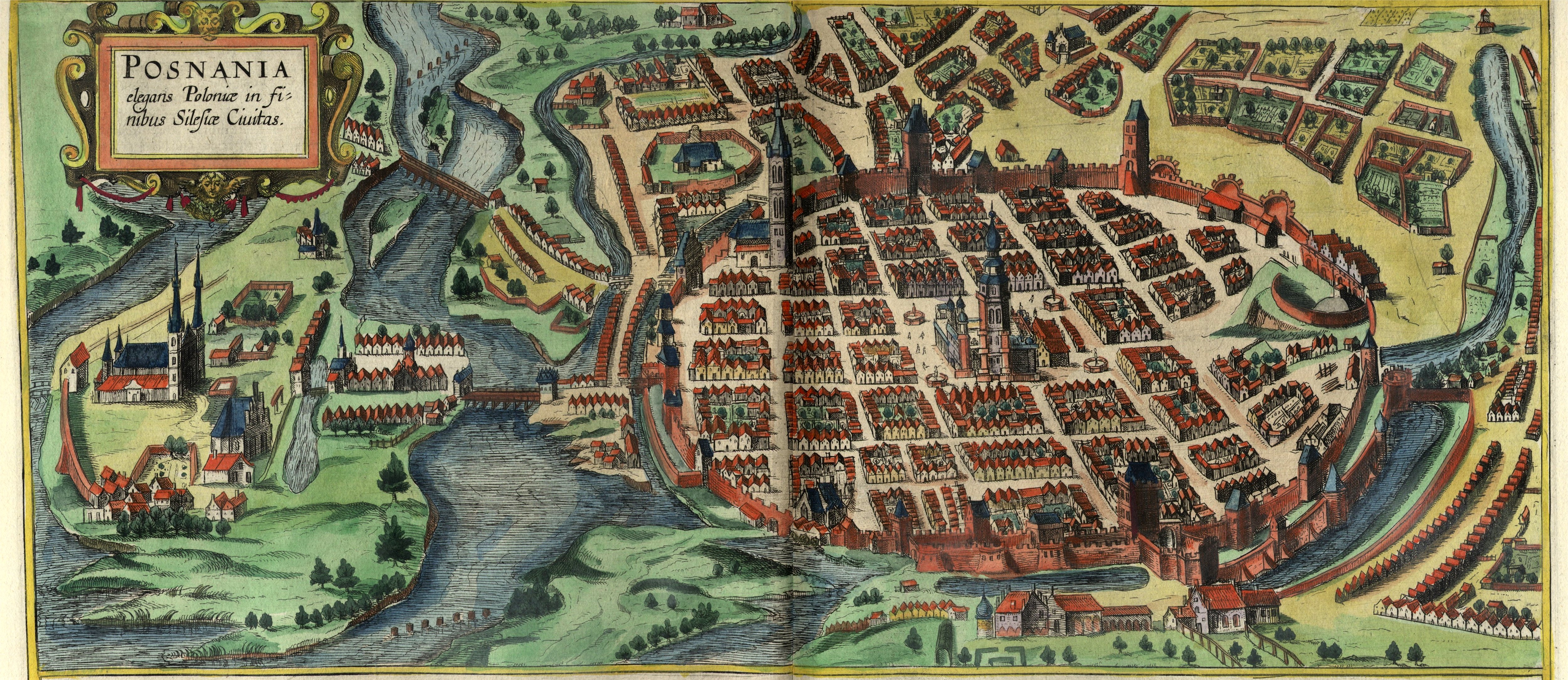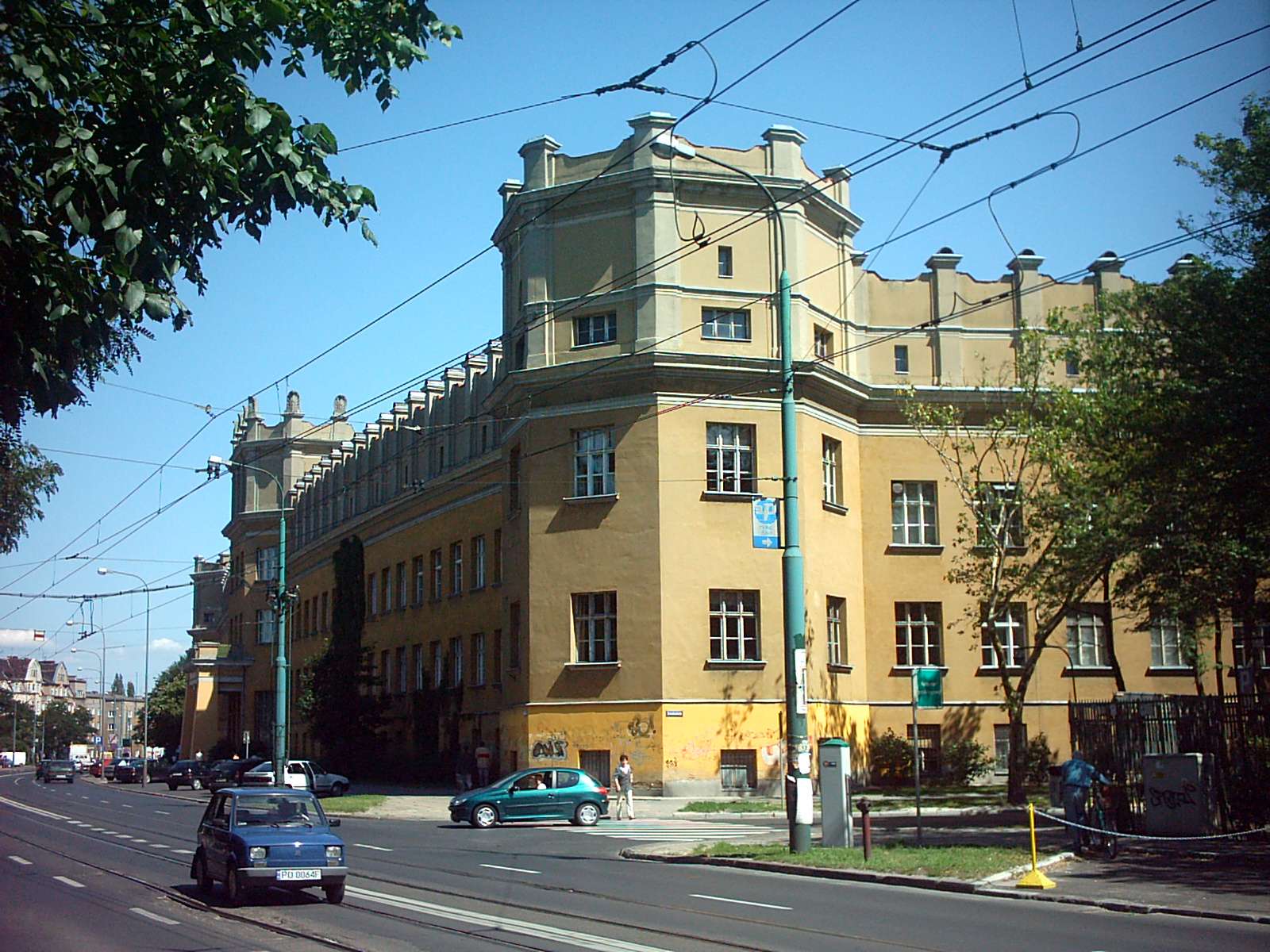|
AS S1 And AS S2
AS S1 and AS S2 were two twin models of passenger cars manufactured by Towarzystwo Budowy Samochodów AS in Warsaw, Poland from 1927 to 1930. The two models differed with their engines and existed in 4 versions of car body style: taxi landaulet, convertible, limousine and panel van. History The car was designed and assembled by Towarzystwo Budowy Samochodów AS in Warsaw, Poland, in the Warszawskie Autowarsztaty factory at 64 Złota Street. The chassis for the car was designed by Aleksander Liberman, with first prototypes being made on 4 January 1927. On 27 March 1927, the final version was manufactured in Fabryka Powozów Braci Węgrzeckich located in Szydłowiec, Poland. After a few months of road tests, the car had been allowed to be sold. It was manufactured in 4 car body styles: taxi landaulet, convertible, limousine and panel van. The taxi landaulet version was the most popular, having around 100 cars being made, while the other version had around 50 cars made for ... [...More Info...] [...Related Items...] OR: [Wikipedia] [Google] [Baidu] |
Taxi
A taxi, also known as a taxicab or simply a cab, is a type of vehicle for hire with a Driving, driver, used by a single passenger or small group of passengers, often for a non-shared ride. A taxicab conveys passengers between locations of their choice. This differs from public transport where the pick-up and drop-off locations are decided by the service provider, not by the customers, although demand responsive transport and share taxis provide a hybrid bus/taxi mode. There are four distinct forms of taxicab, which can be identified by slightly differing terms in different countries: * Hackney carriages, also known as public hire, hailed or street taxis, licensed for hailing throughout communities * Private hire vehicles, also known as minicabs or private hire taxis, licensed for pre-booking only * Taxibuses, also come in many variations throughout the Developing country, developing countries as Share taxi#United States, jitneys or jeepney, operating on pre-set routes typified ... [...More Info...] [...Related Items...] OR: [Wikipedia] [Google] [Baidu] |
Fabryka Powozów Braci Węgrzeckich
Fabryka is a settlement in the administrative district of Gmina Ostrów Wielkopolski, within Ostrów Wielkopolski County, Greater Poland Voivodeship Greater Poland Voivodeship ( ) is a Voivodeships of Poland, voivodeship, or province, in west-central Poland. The province is named after the region called Greater Poland (''Wielkopolska'' ). The modern province includes most of this historic re ..., in west-central Poland. References Villages in Ostrów Wielkopolski County {{OstrówWielkopolski-geo-stub ... [...More Info...] [...Related Items...] OR: [Wikipedia] [Google] [Baidu] |
Łazienki Park
Łazienki Park, or the Royal Baths Park (), is the largest park in Warsaw, Poland, occupying 76 hectares of the city center. The park-and-palace complex lies in the Downtown, Warsaw, Downtown district, on Ujazdów Avenue, which is part of the Royal Route, Warsaw, Royal Route linking the Royal Castle, Warsaw, Royal Castle with Wilanów Palace to the south. In the mid-16th century the Łazienki area became part of the estates of Queen Bona Sforza, who ordered the construction of a wooden manor house with an Italian garden. In 1624 King Sigismund III Vasa erected, north of the present Łazienki Park, the quadrilateral stone Ujazdów Castle. Most of the Łazienki Park buildings were originally designed in the 17th century by Tylman van Gameren in the Baroque style for military commander Stanisław Herakliusz Lubomirski, including an ornate bathing pavilion that eventually gave its name to the gardens. In 1764 King Stanisław II August obtained Ujazdów, Warsaw, Ujazdów and extensi ... [...More Info...] [...Related Items...] OR: [Wikipedia] [Google] [Baidu] |
Internal Combustion Engine
An internal combustion engine (ICE or IC engine) is a heat engine in which the combustion of a fuel occurs with an oxidizer (usually air) in a combustion chamber that is an integral part of the working fluid flow circuit. In an internal combustion engine, the expansion of the high-temperature and high-pressure gases produced by combustion applies direct force to some component of the engine. The force is typically applied to pistons (reciprocating engine, piston engine), turbine blades (gas turbine), a Wankel engine, rotor (Wankel engine), or a propulsive nozzle, nozzle (jet engine). This force moves the component over a distance. This process transforms chemical energy into kinetic energy which is used to propel, move or power whatever the engine is attached to. The first commercially successful internal combustion engines were invented in the mid-19th century. The first modern internal combustion engine, the Otto engine, was designed in 1876 by the German engineer Nicolaus ... [...More Info...] [...Related Items...] OR: [Wikipedia] [Google] [Baidu] |
World War II
World War II or the Second World War (1 September 1939 – 2 September 1945) was a World war, global conflict between two coalitions: the Allies of World War II, Allies and the Axis powers. World War II by country, Nearly all of the world's countries participated, with many nations mobilising all resources in pursuit of total war. Tanks in World War II, Tanks and Air warfare of World War II, aircraft played major roles, enabling the strategic bombing of cities and delivery of the Atomic bombings of Hiroshima and Nagasaki, first and only nuclear weapons ever used in war. World War II is the List of wars by death toll, deadliest conflict in history, causing World War II casualties, the death of 70 to 85 million people, more than half of whom were civilians. Millions died in genocides, including the Holocaust, and by massacres, starvation, and disease. After the Allied victory, Allied-occupied Germany, Germany, Allied-occupied Austria, Austria, Occupation of Japan, Japan, a ... [...More Info...] [...Related Items...] OR: [Wikipedia] [Google] [Baidu] |
Warsaw Uprising
The Warsaw Uprising (; ), sometimes referred to as the August Uprising (), or the Battle of Warsaw, was a major World War II operation by the Polish resistance movement in World War II, Polish underground resistance to liberate Warsaw from German occupation. It occurred in the summer of 1944, and it was led by the Polish resistance Home Army (). The uprising was timed to coincide with the retreat of the German forces from Poland ahead of the Soviet advance. While approaching the eastern suburbs of the city, the Red Army halted combat operations, enabling the Germans to regroup and defeat the Polish resistance and to Planned destruction of Warsaw, destroy the city in retaliation. The Uprising was fought for 63 days with little outside support. It was the single largest military effort taken by any European Resistance during World War II, resistance movement during World War II. The defeat of the uprising and suppression of the Home Army enabled the pro-Soviet Polish administra ... [...More Info...] [...Related Items...] OR: [Wikipedia] [Google] [Baidu] |
Wilcza Street, Warsaw
Wilcza (lit. ''Wolf Street'') is a street in Warsaw's city centre A city centre, also known as an urban core, is the Commerce, commercial, Culture, cultural and often the historical, Politics, political, and geographic heart of a city. The term "city centre" is primarily used in British English, and closely e .... It links Koszykowa Street in the south-eastern part of the borough with the Three Crosses Square at the Royal Route. Initially, at least since 14th century, the street was just a road running along by the fields belonging to the vogts of old Warsaw, much to the south of the city's limits. As the family of Wilk (Polish word for ''wolf'') dominated the office of the city's vogt throughout the 15th century, the road started to be referred to by their name, initially in the form of ''Wilcze'' or ''Na Wilczem'' (Wilks' or ''At the Wilks'', respectively). With time the real etymology became obscure and the name started to be associated with the literal meaning of the ... [...More Info...] [...Related Items...] OR: [Wikipedia] [Google] [Baidu] |
Great Depression
The Great Depression was a severe global economic downturn from 1929 to 1939. The period was characterized by high rates of unemployment and poverty, drastic reductions in industrial production and international trade, and widespread bank and business failures around the world. The economic contagion began in 1929 in the United States, the largest economy in the world, with the devastating Wall Street stock market crash of October 1929 often considered the beginning of the Depression. Among the countries with the most unemployed were the U.S., the United Kingdom, and Weimar Republic, Germany. The Depression was preceded by a period of industrial growth and social development known as the "Roaring Twenties". Much of the profit generated by the boom was invested in speculation, such as on the stock market, contributing to growing Wealth inequality in the United States, wealth inequality. Banks were subject to laissez-faire, minimal regulation, resulting in loose lending and wides ... [...More Info...] [...Related Items...] OR: [Wikipedia] [Google] [Baidu] |
Poznań
Poznań ( ) is a city on the Warta, River Warta in west Poland, within the Greater Poland region. The city is an important cultural and business center and one of Poland's most populous regions with many regional customs such as Saint John's Fair, Poznań, Saint John's Fair (''Jarmark Świętojański''), traditional St. Martin's croissant, Saint Martin's croissants and a local dialect. Among its most important heritage sites are the Renaissance in Poland, Renaissance Old Town, Poznań Town Hall, Town Hall and Poznań Cathedral. Poznań is the fifth-largest List of cities and towns in Poland#Cities, city in Poland. As of 2023, the city's population is 540,146, while the Poznań metropolitan area (''Metropolia Poznań'') comprising Poznań County and several other communities is inhabited by over 1.029 million people. It is one of four historical capitals of medieval Poland and the ancient capital of the Greater Poland region, currently the administrative capital of the pr ... [...More Info...] [...Related Items...] OR: [Wikipedia] [Google] [Baidu] |
Polish General Exhibition
The Polish General Exhibition (Polish: ''Powszechna Wystawa Krajowa'') was an exhibition event held from 16 May to 30 September 1929 (138 days) in Poznań, Poland. It was organized to commemorate the 10th anniversary of regaining independence and to showcase the achievements of the reborn state. Preparations The first official mention of the exhibition came from President Cyryl Ratajski on 27 January 1926 during a City Council meeting. At the time, he sought 160,000 PLN to build a modern Automobile Salon as part of the trade fairgrounds. One of Ratajski’s arguments was its potential usefulness for the All-Polish Exhibition planned for 1928. On 17 November 1926, the council approved the idea of organizing the exhibition and granted the Municipal Board authorization for further talks with the government and economic organizations. A similar exhibition was planned for Warsaw’s Skaryszew Park in 1935, but the capital's budget was not prepared for such expenditures. "In Poznań � ... [...More Info...] [...Related Items...] OR: [Wikipedia] [Google] [Baidu] |
French Third Republic
The French Third Republic (, sometimes written as ) was the system of government adopted in France from 4 September 1870, when the Second French Empire collapsed during the Franco-Prussian War, until 10 July 1940, after the Fall of France during World War II led to the formation of the Vichy France, Vichy government. The French Third Republic was a parliamentary republic. The early days of the French Third Republic were dominated by political disruption caused by the Franco-Prussian War of 1870–1871, which the French Third Republic continued to wage after the fall of Emperor Napoleon III in 1870. Social upheaval and the Paris Commune preceded the final defeat. The German Empire, proclaimed by the invaders in Palace of Versailles, annexed the French regions of Alsace (keeping the ) and Lorraine (the northeastern part, i.e. present-day Moselle (department), department of Moselle). The early governments of the French Third Republic considered French Third Restoration, re-establi ... [...More Info...] [...Related Items...] OR: [Wikipedia] [Google] [Baidu] |
Transmission (mechanics)
A transmission (also called a gearbox) is a mechanical device invented by Louis Renault (industrialist), Louis Renault (who founded Renault, Renault) which uses a gear set—two or more gears working together—to change the speed, direction of rotation, or torque multiplication/reduction in a machine. Transmissions can have a single fixed-gear ratio, multiple distinct gear ratios, or continuously variable ratios. Variable-ratio transmissions are used in all sorts of machinery, especially vehicles. Applications Early uses Early transmissions included the right-angle drives and other gearing in windmills, horse-powered devices, and steam engine, steam-powered devices. Applications of these devices included pumps, mill (grinding), mills and Hoist (device), hoists. Bicycles Bicycles traditionally have used hub gear or Derailleur gear transmissions, but there are other more recent design innovations. Automobiles Since the torque and Horsepower, power output of an interna ... [...More Info...] [...Related Items...] OR: [Wikipedia] [Google] [Baidu] |








